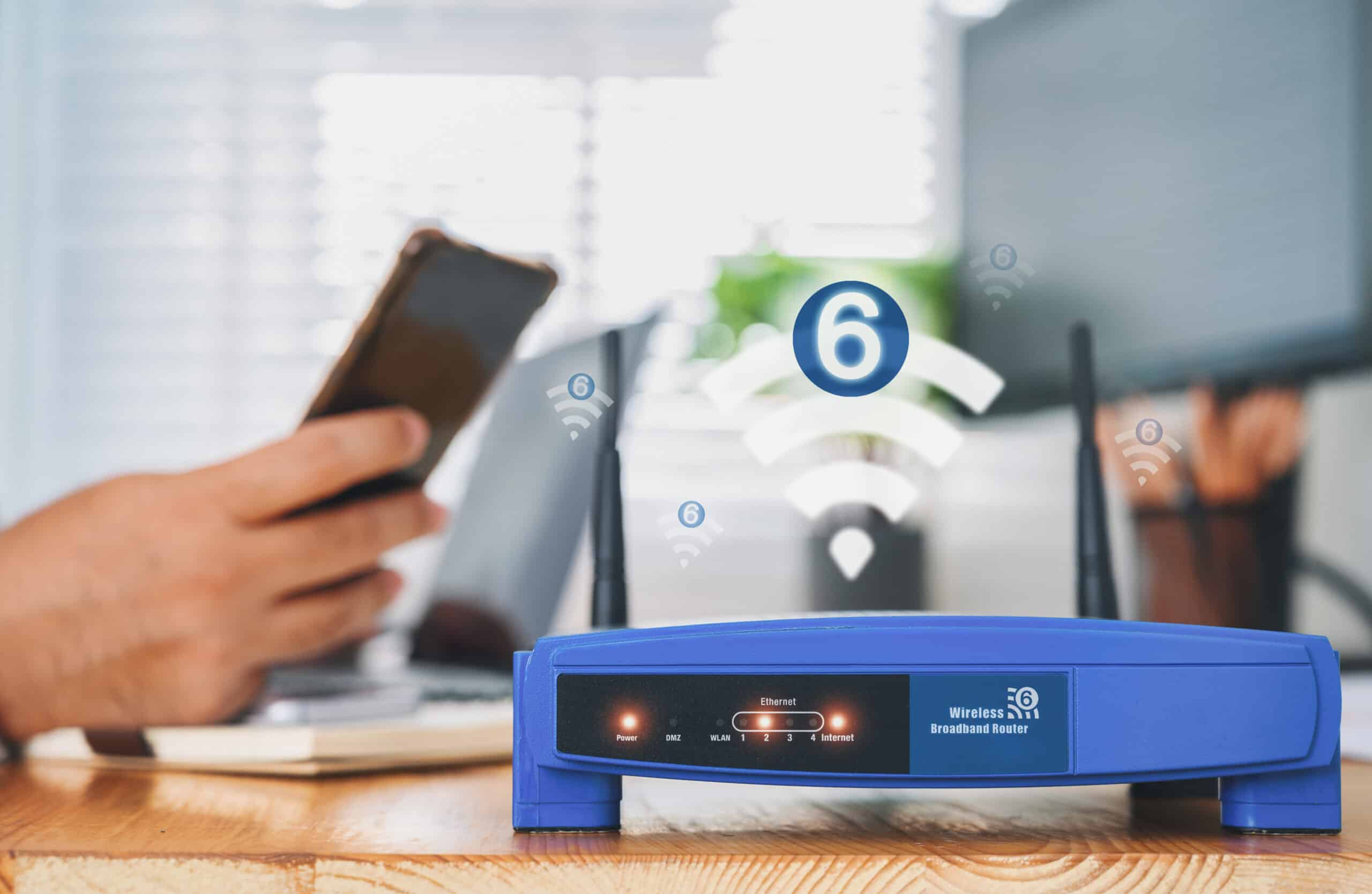A strong and reliable WiFi signal is essential in this digital age. It is crucial to ensure connectivity and efficiency. The most crucial element in achieving this is the strategic position of a Wireless Access Point (WAP). It is crucial to position your WAP so that will maximize wifi signal strength and stability. Find out the importance of WAPs and how you can choose the right wireless access point for your home.

Wap Wireless access point is an essential network device that allows wireless-enabled devices to connect to networks wired by WiFi or any other standard. It plays a vital role in expanding the reach of your network and also removing the necessity for hefty wires. A WAP receives information from a router in the network via an Ethernet cable and transforms it into an wireless signal. This signal can be picked up by WAP devices, providing them with access to the network.
The Effects of WAP Placement
Strategic placement of a WAP is essential to ensure the security of a reliable and stable WiFi signal across your area. The place of the WAP’s location affects the quality, range and signal strength of the WiFi network. The WAP’s optimal position helps to reduce interference, expanding coverage as well as improving the overall experience for users.
Factors that affect the strength of WAP’s signal
The signal that WAPs send to your device could be affected by a number of factors. This includes:
Strength of the signal: The power of the WAP signal.
Range: Distance from which WAP is able to send a strong reliable signal.
Interference Reception: Any obstructions, or electronic devices that could interfere with WiFi.
Find the most convenient home access point
A reliable WAP is necessary for a high-performance WiFi connection at workplace or at home. Here are some aspects to think about when selecting the right WiFi access point for your home:
Signal Range and Strength: Look for a WAP that offers strong signal strength and an extensive coverage range. This ensures that the WiFi signal is accessible to the desired areas, without dead spots.
Select a WiFi with features which minimize interference. Triple-band or dual-band options can be utilized to navigate WiFi channels that are overcrowded.
Easy Setup and Configuration: Select a WAP with a easy configuration and set-up. Simple installation processes as well as intuitive user interfaces can help you save both time and energy.
Security Features: Prioritize WAPs that have robust security features, including encryption protocols as well as security settings. This protects your network data and helps to safeguard it.
Scalability: Make sure the WAP can handle the number of devices you intend to connect. A WAP that is adaptable grows with the demands of your network, and is a long-term investment.
The ideal location of WAPs to ensure maximum performance
Central Location: Position the WAP in a central area to ensure a uniform distribution of the WiFi signal throughout your area. This will minimize dead zones and guarantee an uninterrupted connection throughout the structure.
Elevation – Place the WAP on a more elevated surface, such as ceilings or walls. This assists in broadcasting the signal effectively, providing increased coverage while minimizing obstructions.
Preventing Interference: Keep the WAP from objects or materials that could create interference, like microwaves, cordless phones or even metal structures. This will ensure a strong WiFi signal.
Professional Assessment: Speak with IT experts for a thorough evaluation of your area. They can determine the most appropriate spots to put WAPs on the requirements of your business.
Also, you can read our conclusion.
A reliable WiFi connection in today’s ever-changing technological landscape is essential. Wireless Access Points play an essential role in this by broadening the range of your network and providing an uninterrupted WiFi signal. The best WiFi performance is achieved by placing your WAP at a suitable location and selecting the best WiFi access point.
It is worth investing time and effort into evaluating the available space and understanding the factors that affect WAP signal strength, and taking into account the most important aspects of WAPs. It is possible to maximize the power of your WiFi network by gaining a thorough understanding of the art and science behind WAP positioning.